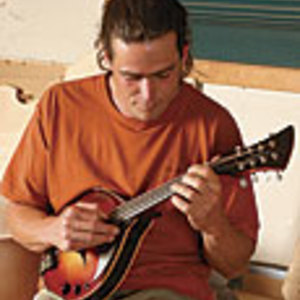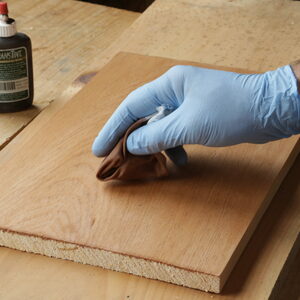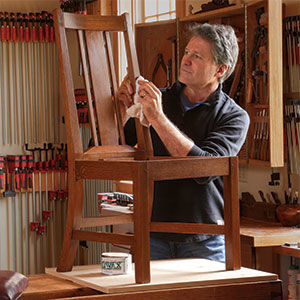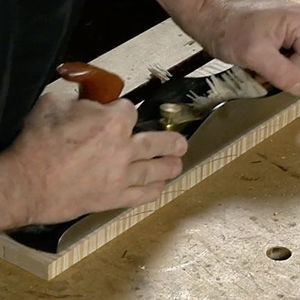A sunburst finish in figured maple
How to blend multiple colors for a striking effectThere are ways to work with more than one color of water-based dye at once. For example, I can bring oiut the figure in tiger maple with two dyes applied, dried, and then sanded consecutively. On blistered maple, I might apply an amber dye and then immediately followed up with a red dye.
On the backs of many of the instruments I make, I graduate the colors from light to dark as they move away from the center. Known as a sunburst, this effect is normally found on a circular piece, but you also can use the technique on the corners of a square or rectangular panel.
The secret to a smooth color transition when working with water-based dye is keeping the surface just wet enough to allow the colors to flow together. Too much water saturates the wood, while dry surfaces will leave sharp breaks in the color. There is no firm sequence of steps, but more of a dance: add some color, wash with water, add more color, wash some more, and perhaps add some accents to perk up the color. Take a look at how I do it in this video. Practice on scrap pieces of wood and don’t be dismayed if your first efforts look more like a rain burst than a sunburst.






















Comments
This instructional video is informative and well-structured. James Condino's explanations are clear, and for each step, he includes the right amount of detail and insight based on personal experience.
Log in or create an account to post a comment.
Sign up Log in